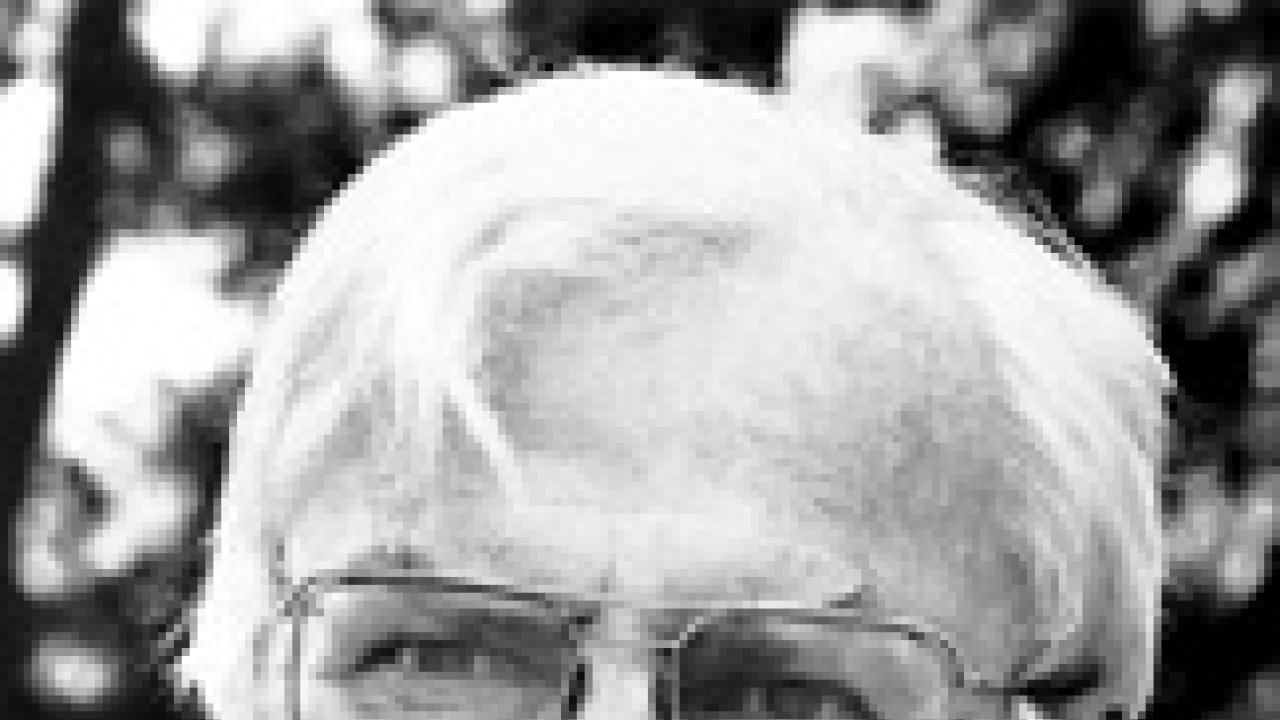
ICTP was saddened to learn of the passing of Nobel Laureate Heinrich Rohrer, a Swiss physicist who shared half of the Nobel Prize in Physics in 1986 with Gerd Binnig for the design of the scanning tunneling microscope (STM) that led to advances in nanotechnology and faster computing.
A year after he received the Nobel Prize, Rohrer gave a lecture at ICTP's conference on "Scanning Tunneling Microscopy--Fundamental, Experimental and Theoretical Progress". ICTP scientist Erio Tosatti, the conference organizer, had met Rohrer at IBM Zurich a few years earlier while on sabbatical there.
"Heini was already a famous man by then," recalls Tosatti, explaining that Rohrer and Binnig's scanning tunneling microscope allowed scientists to see, for the first time, atoms and molecules (and later, the processes) at a solid surface.
"The idea is disarmingly simple, just an atomically fine tip approaching a surface until some current flows, and then scanning to map how the distance should be changed to keep that current constant. It took, however, a lot of courage to try it, because most earlier practitioners had sanctioned that such a device would never work. It did work, thanks to Gerd and Heini's enthusiasm and toughness," says Tosatti.
Rohrer became a friend of ICTP's Condensed Matter section, with Tosatti and his ICTP/SISSA colleagues--who were studying the theory of STM on graphite at the time--working to expose Rohrer's research to the international science community. Tosatti describes Rohrer and Binnnig's Nobel win as "one of the most deserved of all history."
The research friendship extended to a personal friendship between Rohrer and Tosatti. "Heini was (like me) a country boy with a peasant, down to earth upbringing, of which he was very proud. One could describe him with the Italian phrase 'scarpe grosse, cervello fino'. He coupled a fine nose for physics with a lot of experimental talent, an iron strong resilience and motivation, and an equally strong protective instinct and attitude towards younger collaborators."
















